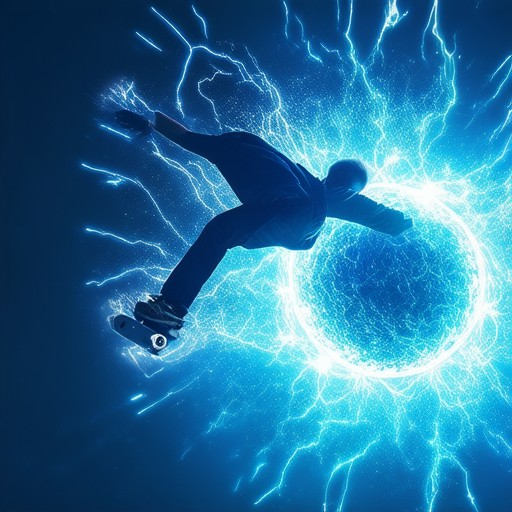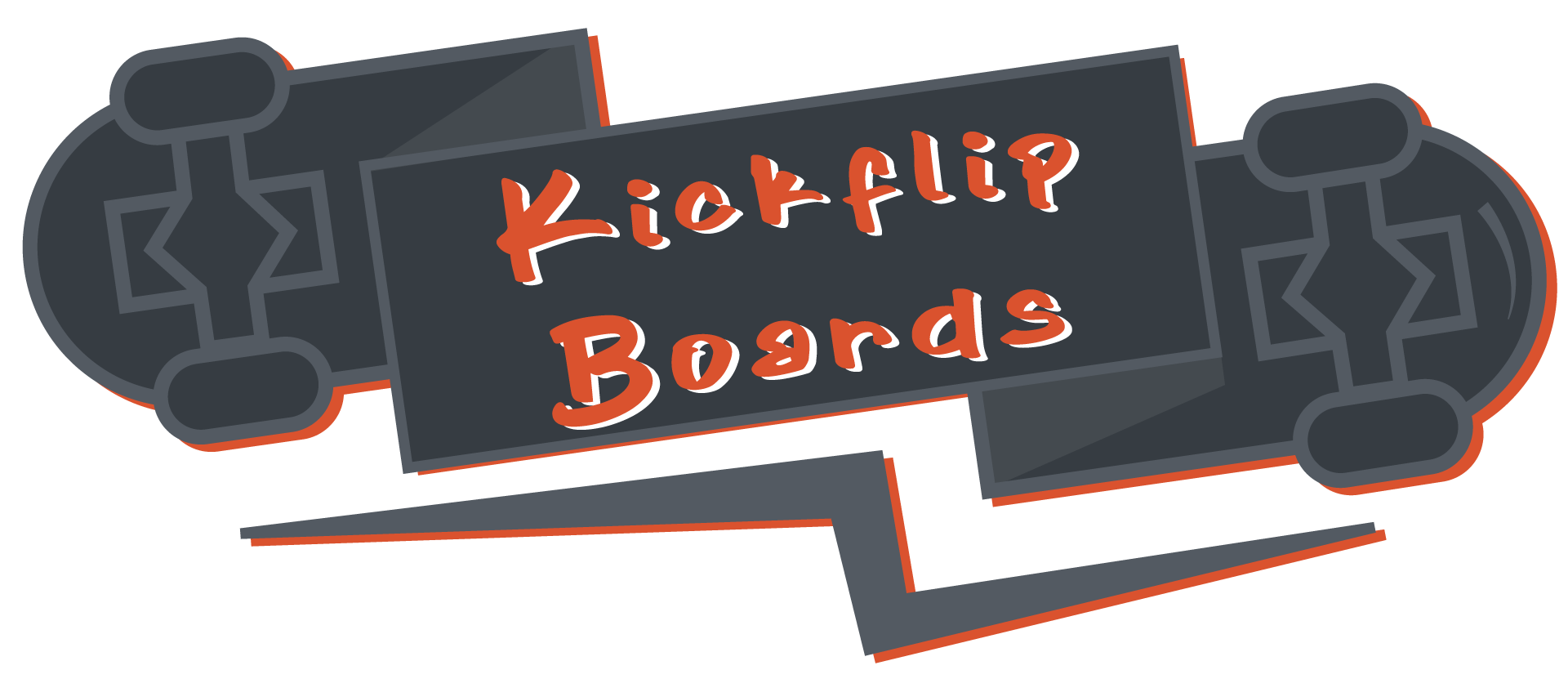Skateboarding is one of the most popular and exhilarating extreme sports worldwide, attracting millions of enthusiasts of all ages. While it offers a unique way to express creativity and fitness, it also comes with inherent risks. Surprisingly, many people underestimate the potential for skateboarding injuries, often viewing it as a low-risk activity. However, the reality is that even experienced skateboarders can suffer from most common skateboarding injuries, ranging from sprains and fractures to more severe conditions. With growing popularity, recent studies highlight the rising incidence of skateboarding injuries statistics, emphasizing the need for better awareness and prevention strategies. This article delves into the common skateboard injuries, explores the likelihood of sustaining injuries, and provides actionable tips to minimize risks while enjoying the thrill of skateboarding.

What is the most common injury in skateboarding?
The most common injury in skateboarding is typically an ankle injury . This is often caused by falls, ollies, or collisions while performing tricks. Ankle sprains and fractures are prevalent due to the frequent impact and stress placed on the lower extremities.
- Ankle Injuries: Sprains, strains, and fractures are the most frequent injuries due to the nature of skateboarding movements.
- Wrist Injuries: Distal radius fractures (commonly known as “skater’s wrist”) occur frequently from falls or impacts.
- Elbow Injuries: Repetitive stress from grinding rails and falls can lead to elbow discomfort or fractures.
- Concussions and Head Injuries: These can occur from collisions or falls, particularly when not wearing a helmet.
To reduce the risk of injuries, skateboarders should wear protective gear, warm up before skating, and engage in regular strength training. Practicing proper technique and awareness of surroundings also helps prevent accidents.
How Likely Are You to Get Hurt Skateboarding?
Skateboarding is a popular and exhilarating activity, but it also carries inherent risks. According to various studies, the injury rate among skateboarders is notably higher than many other sports. Research indicates that approximately 20% of skateboarders may experience significant injuries, including fractures, sprains, and strains, particularly in areas like the wrists, ankles, and collarbones.
Key considerations include:
-
Common Injuries : Fractures are prevalent due to tricks involving high impact, such as grindings and ollies. Sprains and strains are also common, resulting from quick movements and landings.
-
Risk Factors : The likelihood of injury can vary based on factors like surface type (public vs. skateparks), frequency of skating, and skill level. Public spots may pose greater hazards due to uneven surfaces or debris.
-
Prevention : Protective gear, such as wrist braces and knee pads, can mitigate injury risks. Proper technique and safe landing practices are also crucial.
-
Comparison to Other Sports : While skateboarding’s injury rate is higher than activities like basketball or soccer, it is lower than sports involving more contact, such as football.
-
Demographics : Younger skateboarders, particularly those under 18, face higher injury risks, possibly due to less developed bone structures and inexperience.
Understanding these risks enhances safety measures, allowing enthusiasts to enjoy skateboarding responsibly and minimize potential harm.

Protective Gear for Skateboarders
Skateboarders should prioritize wearing protective gear to minimize injuries during tricks and casual rides. Here’s a breakdown of essential and additional gear:
- Helmets: Essential for head protection against impacts and falls. Choose one that fits securely and meets safety standards.
- Wrist Guards: Protects wrists from sprains and fractures during grinds and other trick moves.
- Elbow Pads: Provides cushioning for elbows during falls and rough landings.
- Knee Pads: Essential for protecting knees during jumps and slides.
- Appropriate Shoes: Skateboarding shoes offer better support and cushioning compared to regular footwear, reducing the risk of foot injuries.
Additional Tips:- Clothing: Wear layers of breathable, moisture-wicking materials to regulate body temperature and wick away sweat.- Reflective Gear: Enhances visibility in low-light conditions.- Fit: Ensure all gear fits snugly without restricting movement for optimal protection and comfort.
By equipping yourself with the right protective gear and clothing, you can enjoy skateboarding safely and extend the lifespan of your board.

Long-Term Effects of Skateboarding
Skateboarding may seem like a fun and exhilarating activity, but like many sports, it comes with potential long-term effects if not approached carefully. Here’s a breakdown of the potential risks and considerations:
- Knee Injuries and Repetitive Stress: The act of popping a board and landing jumps can place significant stress on the knees. Over time, this can lead to issues like ACL tears, meniscus damage, or early arthritis.
- Wrist Injuries: Constant gripping and flicking of the board can strain wrist ligaments and tendons, leading to conditions like carpal tunnel syndrome or tendonitis.
- Back Strain: Improper form or heavy landings can put pressure on the lower back, potentially causing muscle strains or disc issues.
- Bone Density Loss: The repetitive impact from ollies, grindings, and kickflips can affect bone density, particularly in the legs and feet.
- Mental Health Impact: Dealing with difficult tricks or challenging boards can lead to frustration, anxiety, and even headaches from repetitive motion.
- Concussions and Head Injuries: While less common, falls or collisions can result in concussions or other head injuries, especially if protective gear isn’t used.
Preventing Long-Term Effects
To minimize the risks associated with skateboarding, consider the following tips:
- Wear Protective Gear: Helmets, knee pads, and wrist supports can significantly reduce injury risk.
- Focus on Proper Technique: Learning and mastering tricks with correct form can prevent unnecessary strain on your body.
- Take Breaks: Avoid skating for extended periods without rest to allow your body to recover.
- Upgrade Equipment Regularly: A well-maintained board and wheels can absorb shock better than worn-out equipment.
- Stay Hydrated and Nutritious: Proper nutrition and hydration can aid in recovery and reduce fatigue-related injuries.
Conclusion
While skateboarding offers a unique thrill, it’s important to recognize the potential long-term effects and take steps to protect yourself. By prioritizing safety, maintaining proper technique, and listening to your body, you can enjoy the sport for years to come. For more tips on preventing injuries and optimizing your skateboarding experience, visit our maintenance guide and learning resources .
Is Skateboarding a High-Risk Sport?
Skateboarding can be considered high-risk due to its potential for injuries. According to recent studies, skateboarding is responsible for approximately 70,000 visits to emergency rooms annually in the United States alone. A significant portion of these injuries occur among individuals under the age of 15, with boys making up the majority of cases.
Common Injuries Associated with Skateboarding
- Head Injuries : One of the most concerning aspects of skateboarding is the high likelihood of head injuries. Falls and collisions can lead to concussions, traumatic brain injuries, or even skull fractures.
- Broken Bones : Skateboarding involves high impact forces, which can result in fractures, particularly in the arms, legs, and collarbone.
- Sprains and Strains : Overuse injuries, such as wrist and ankle sprains, are common due to the repetitive nature of tricks and maneuvers.
- Cuts and Scrapes : The rough surfaces and sharp edges of skateboards can cause lacerations and abrasions.
Prevention Tips
To reduce the risk of injuries, it’s essential to use protective gear and follow safety guidelines:- Wear helmets and knee pads: These are critical for protecting against head injuries and scrapes.- Choose the right equipment: Make sure your skateboard is suited for your skill level and weight.- Learn proper technique: Taking lessons from experienced skaters can significantly reduce the risk of accidents.- Skate in safe environments: Avoid uneven surfaces and busy roads.
For more detailed information on skateboarding safety, check out our comprehensive guide on skateboarding safety tips .
By taking these precautions, you can enjoy the thrill of skateboarding while minimizing the associated risks.

How Does Skateboarding Change Your Body?
Skateboarding is not just a fun activity—it’s a full-body workout that offers numerous physical and mental benefits. Here’s how skateboarding transforms your body and mindset:
Skateboarding engages multiple muscle groups, improving strength, coordination, and flexibility. It’s particularly effective for:
- Cardiovascular Health: Skateboarding gets your heart pumping, boosting endurance and stamina.
- Flexibility: From bending down to grab tricks to twisting your body mid-air, skateboarding enhances joint mobility.
- Balance and Coordination: Maintaining your stance on a moving board requires excellent balance and quick reflexes.
- Upper Body Strength: Pushing and popping tricks work your arms, shoulders, and chest muscles.
- Core Strength: Engaging your core keeps you stable on the board, supporting overall stability and power.
- Bone Density: The impact from landing tricks and ollies helps strengthen bones and connective tissues.
- Overall Fitness: Combines cardio, strength training, and flexibility in one activity.
Beyond the physical benefits, skateboarding also impacts your mental state. It reduces stress, boosts your mood, and sharpens cognitive function. Studies show that skateboarding can even help combat depression and anxiety by providing a sense of accomplishment and creativity.
Whether you’re a seasoned skater or just starting out, skateboarding is a versatile way to improve your body and mind. Check out our guide to the best skateboard decks to find the perfect setup for your style. Join our community today and see how skateboarding can transform your life!
Conclusion
Skateboarding is a unique activity that offers both physical and mental benefits. By engaging multiple muscle groups and promoting a positive mindset, it’s a fantastic way to get fit while having fun. Whether you’re looking to improve your health or simply enjoy the thrill of riding, skateboarding is a worthwhile endeavor.




0 Comments